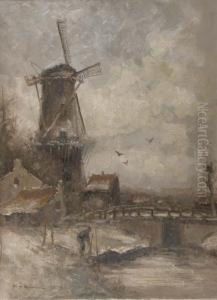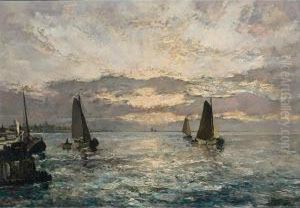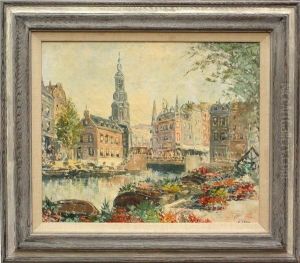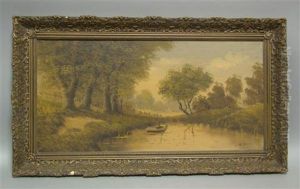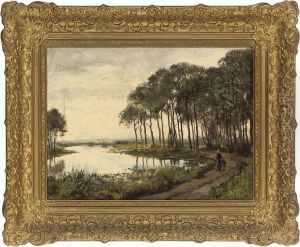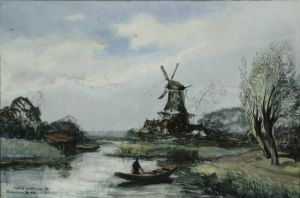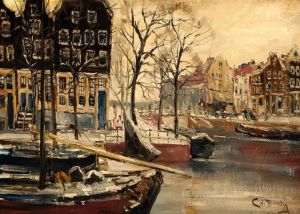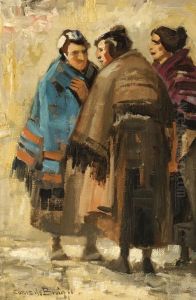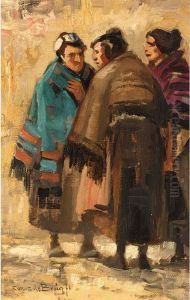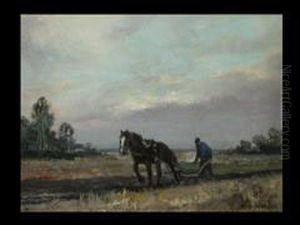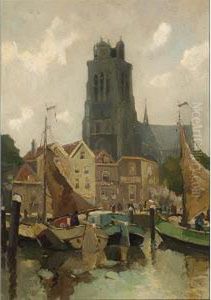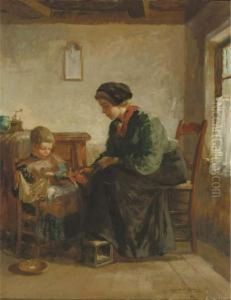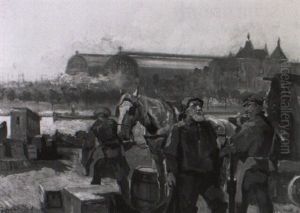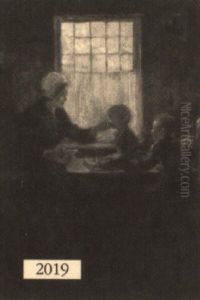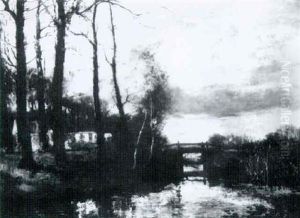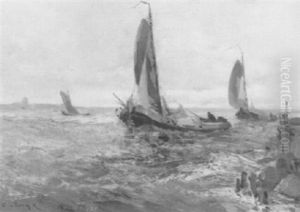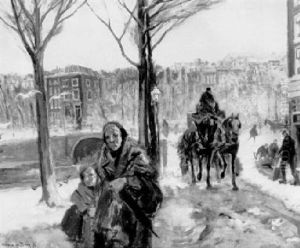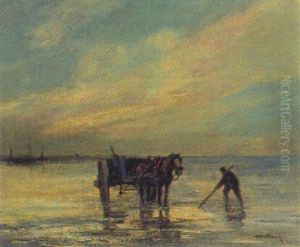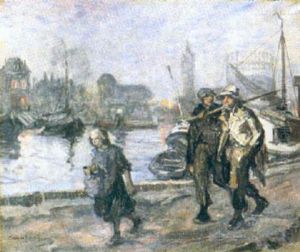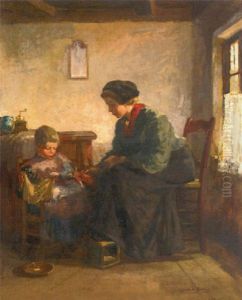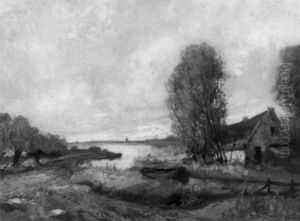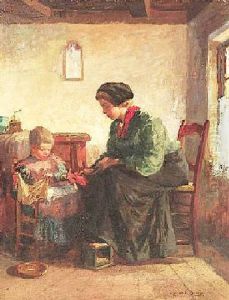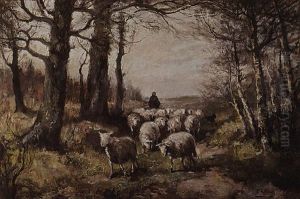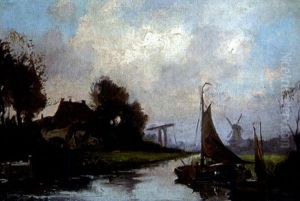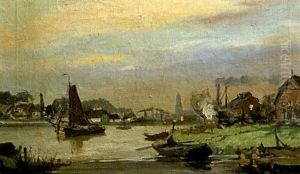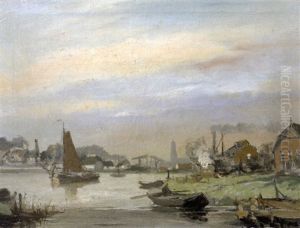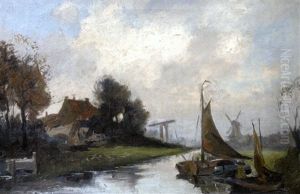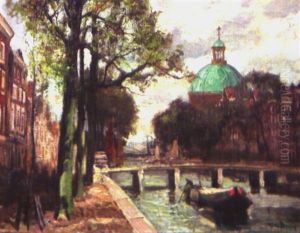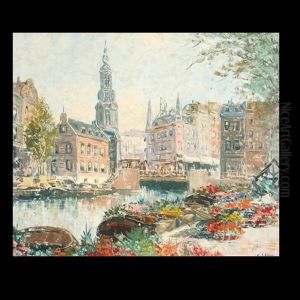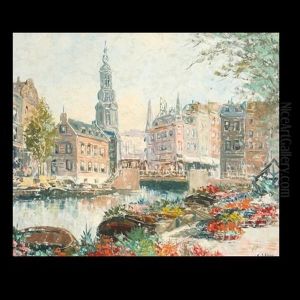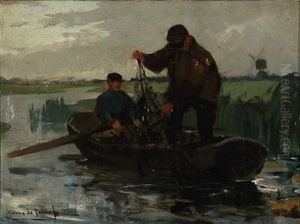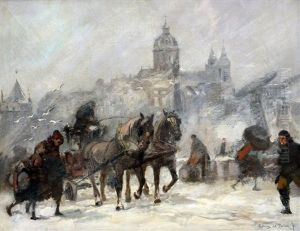Cornelis De Bruin Paintings
Cornelis de Bruijn was a Dutch artist and traveler renowned for his ability to capture the essence of the exotic locations he visited through his detailed drawings and paintings. Born in The Hague in 1652, de Bruijn embarked on his travels after establishing himself as an artist in the Netherlands. His journeys took him to many parts of the known world, including the Middle East, Russia, and the Far East, regions that were largely unknown to most Europeans at the time. De Bruijn's first major journey, which lasted from 1674 to 1685, took him to the Levant and other parts of the Ottoman Empire, including Egypt, where he made detailed drawings of the ancient ruins. His work from this period is significant because it provides a rare and valuable visual record of these sites as they appeared in the 17th century. After returning to the Netherlands, he published a travel account, 'Reizen van Cornelis de Bruijn door het Morgenland' (Travel through the Levant), which became very popular and enhanced his reputation as both an artist and a traveler. In 1701, de Bruijn embarked on a second major journey, this time to Russia and Persia, and then onwards to the East Indies. His observations and artistic recordings from this trip were later published in a volume titled 'Reizen over Moskovie, door Persie en Indie' (Voyage to Muscovy, Persia, and the Indies). This work was notable not only for its artistry but also for the detailed descriptions of the cultures, architecture, and the natural environment of the regions he visited, providing Europeans with one of the first glimpses into these distant lands. Throughout his life, Cornelis de Bruijn was a pioneer in the field of travel literature and art, using his talents to bridge cultures and bring knowledge of the wider world back to Europe. His works contributed significantly to European understanding of foreign lands during a time when such knowledge was limited. De Bruijn died in 1727, leaving behind a legacy of exploration and artistic achievement that has continued to be appreciated by historians and art lovers alike.
